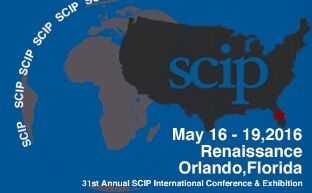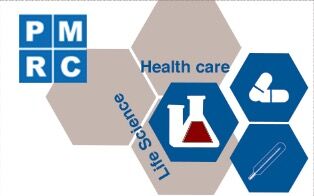After the automotive industry as a whole and the automotive market trends
The auto industry is made up of vehicle manufacturers, parts suppliers, dealers and service providers that make up the vehicle. Component design, manufacturing, sales and after-sales service, scrap recycling process make up the huge industrial chain. The automobile industry chains of upstream industries constituted by various material manufacturers, including steel, rubber, plastics, leather, etc., and raw materials for auto production and auto repair services. The automobile industry chain is as shown below: (1) The upstream industries Iron and steel, rubber, plastic, leather and others are the industries involved in the production of auto parts. The automotive-steel industry key requirements in the planning and development of products, is one of the rare focus on user demand for steel industry in the latest market news. Domestic iron and steel enterprises have been aimed at the automotive steel market and Baosteel, WISCO, angang and other companies in the near future have been called to increase the motor vehicles and parts, sales and production of steel. (2) The downstream industry According to the auto parts companies and enterprises cooperation, automobile parts market can be divided into the vehicle accessory market (OEM market) and after-sales service market (AM market). Automobile manufacturing enterprise development directly affect the production of auto parts manufacturers, auto parts companies along with the rapid development of the automobile industry. In addition, as China's rising car ownership, especially after a lot of cars entered a period of maintenance, auto after-sales service market will usher in development opportunities and future growth of China's auto parts industry. In the OEM market, after parts of the processing of raw materials increases added value. First through the secondary suppliers of third tier suppliers of parts, components, and finally by the parts supplier integration level to produce Assembly parts delivered to the vehicle loading. In the AM market, the company produces auto parts, the 4S shops, or through OEM or directly to the repair shop. In recent years, due to OEM parts and product quality requirements getting higher and higher, the chain of components are required at all levels for quality assessment, and only qualified vendors can supply parts and products of the quality system. Second, automotive aftermarket development: For nearly 10 years, the civilian car ownership in China has remained at 15% with an annual growth rate of 127 million of in 2013. This is to reach 174 million in 2015, while in 2020 is expected to reach 385 million. However, car ownership in China has still a big room for growth in the future. Since the second half of 2014, the development and Reform Commission performed anti-trust measures. Ten ministries jointly issued a Declaration on promoting transformation and upgrading of the vehicle maintenance trade in improving its service quality guidelines. A series of new policies and actions that aimed to get rid of auto industry monopoly abuses and help to improve circulation in the automobile market and operating efficiency. In 2014, the transformation of the traditional industries of the Internet gradually penetrated into the automotive industry. Used car trade, car repair, and auto-aftermarket service with a high degree of professionalism, personalization, information asymmetries, and large-scale development mode under the hard line alone. Car O2O can increase information transparency and is easier to develop standardized products and services to the large-scale development of the industry. O2O Internet integration of online and offline resources of the vehicle was made to achieve online deal and line closed loop to complete the transaction. Internet platform as online reception provided adequate information resources, which virtually eliminates information asymmetry, and the easy form of standardization services and products customers through online platform for services and products where selected according to their own needs service. Customer specific information found on line through the line automotive services and products provider for offline transactions, form a closed loop. Third. Passenger-car exterior parts industry trends: ① Modular global sourcing supply, simultaneous development, outsourcing of the supply and demand trend of package design. In recent years the big passenger cars group speed up new products that focused on velocity, shortened development time and reduced development cost, with a reformed supply system. These implemented global production, module of procurement and global procurement, while key parts suppliers outsourced overall supporting program designs. The multiple passenger cars exterior pieces had enterprise procurement to minority key system supplier’s procurement. Single passenger cars exterior pieces of procurement change for overall supporting program service and module of products of procurement. By implementing domestic procurement it changed global procurement. This vehicle procurement institutional change forces passenger car exterior parts and enterprises to continuously be adaptive and requires not only passenger car exterior parts suppliers to expand their own strength and improving product development capabilities, but systems development. ② Passenger car exterior parts supply chain vertical integration and horizontal integration in product line development
Development trend of vertical integration refers to the exterior parts of the industry chain system suppliers in order to achieve economies of scale, control costs and improve the quality of the target along the industrial chain upstream and downstream expansion. Improving its manufacturing capacity in the industry chain link achieve such. Products line horizontal integration development trend, which refers to exterior pieces system suppliers according to collaborative principles that spread wide products type. With more material of products concentrated on organization production, while through improve products of integration to improve enterprise of supporting capacity using rich product types based. It established up overall supporting program design and module of supply capacity to fully meet the whole Depot with foreign ornaments and pieces system with parts of needs. Two development direction of internal and external trim systems can enhance the competitiveness of suppliers and key parts suppliers are concentrating resources along the direction of the two actively developed.
|
|







